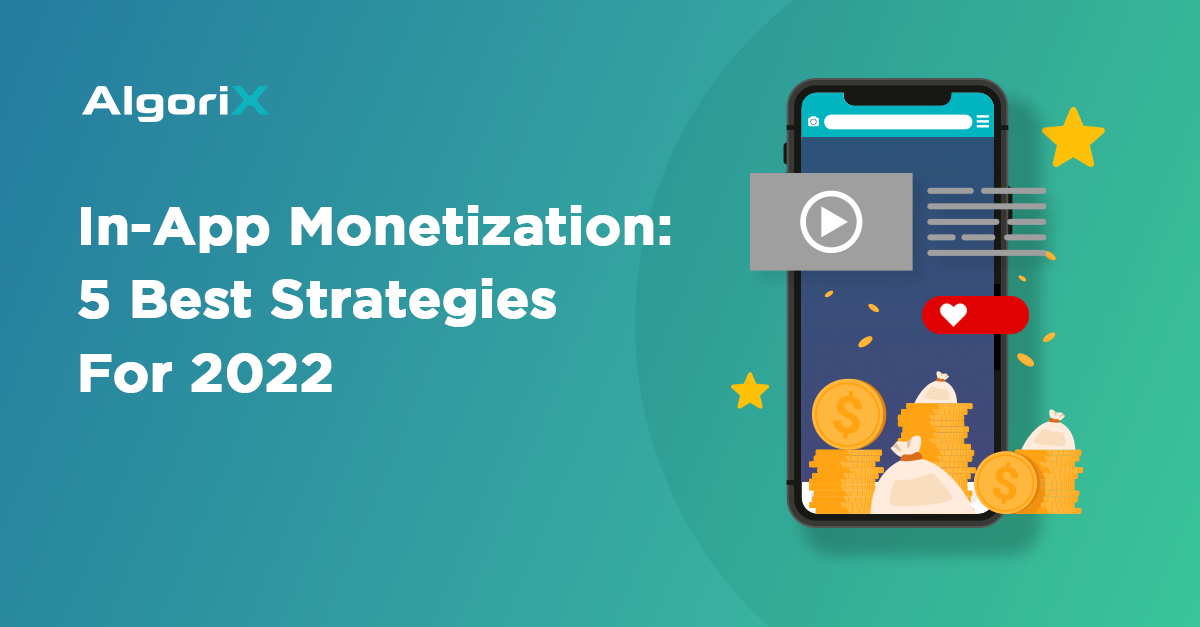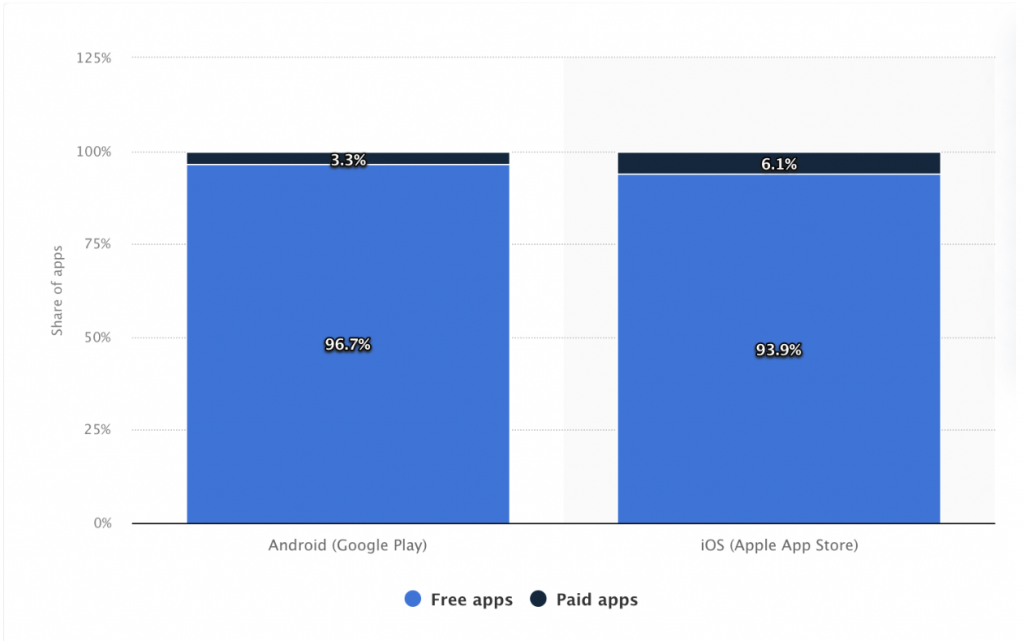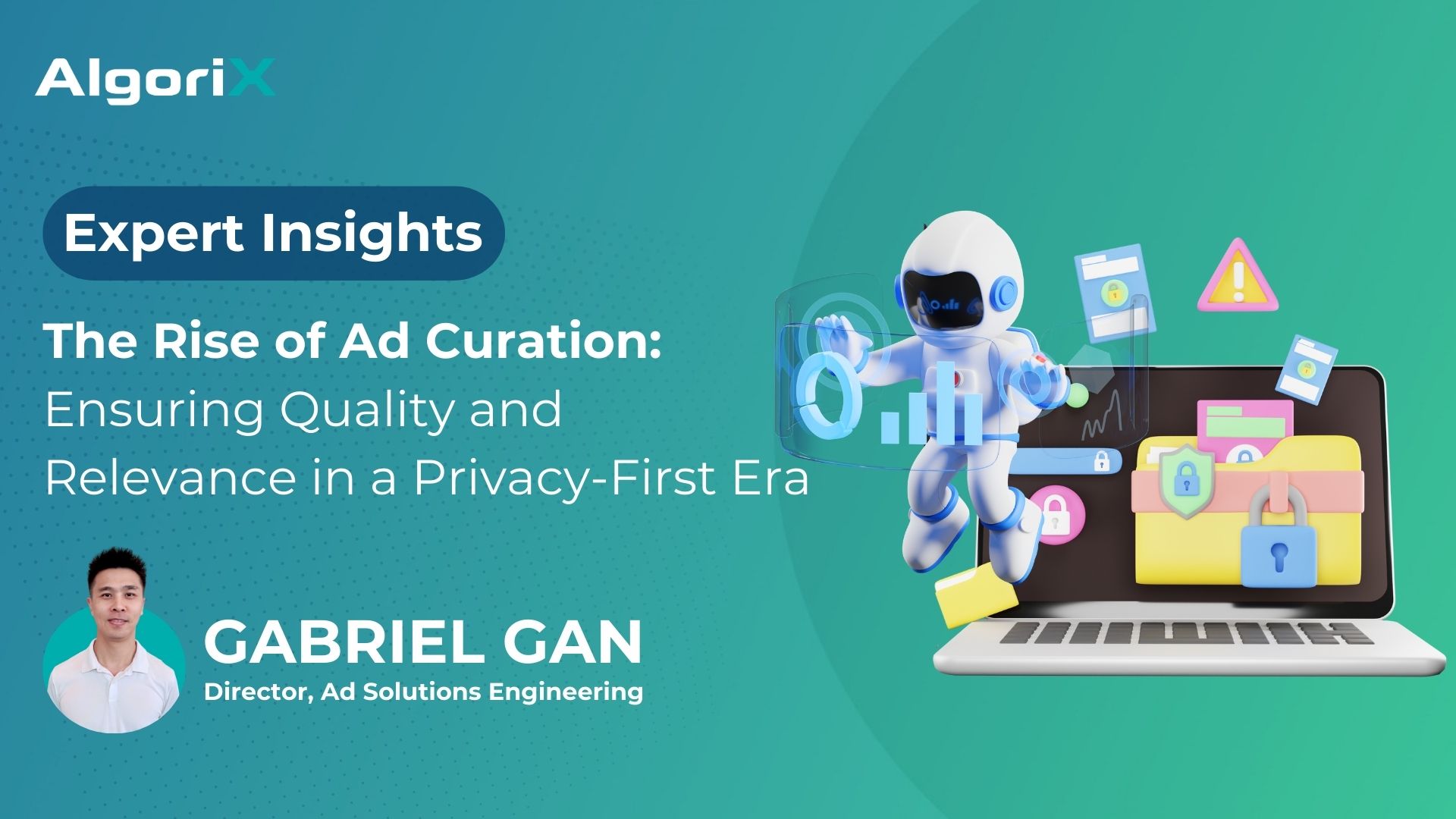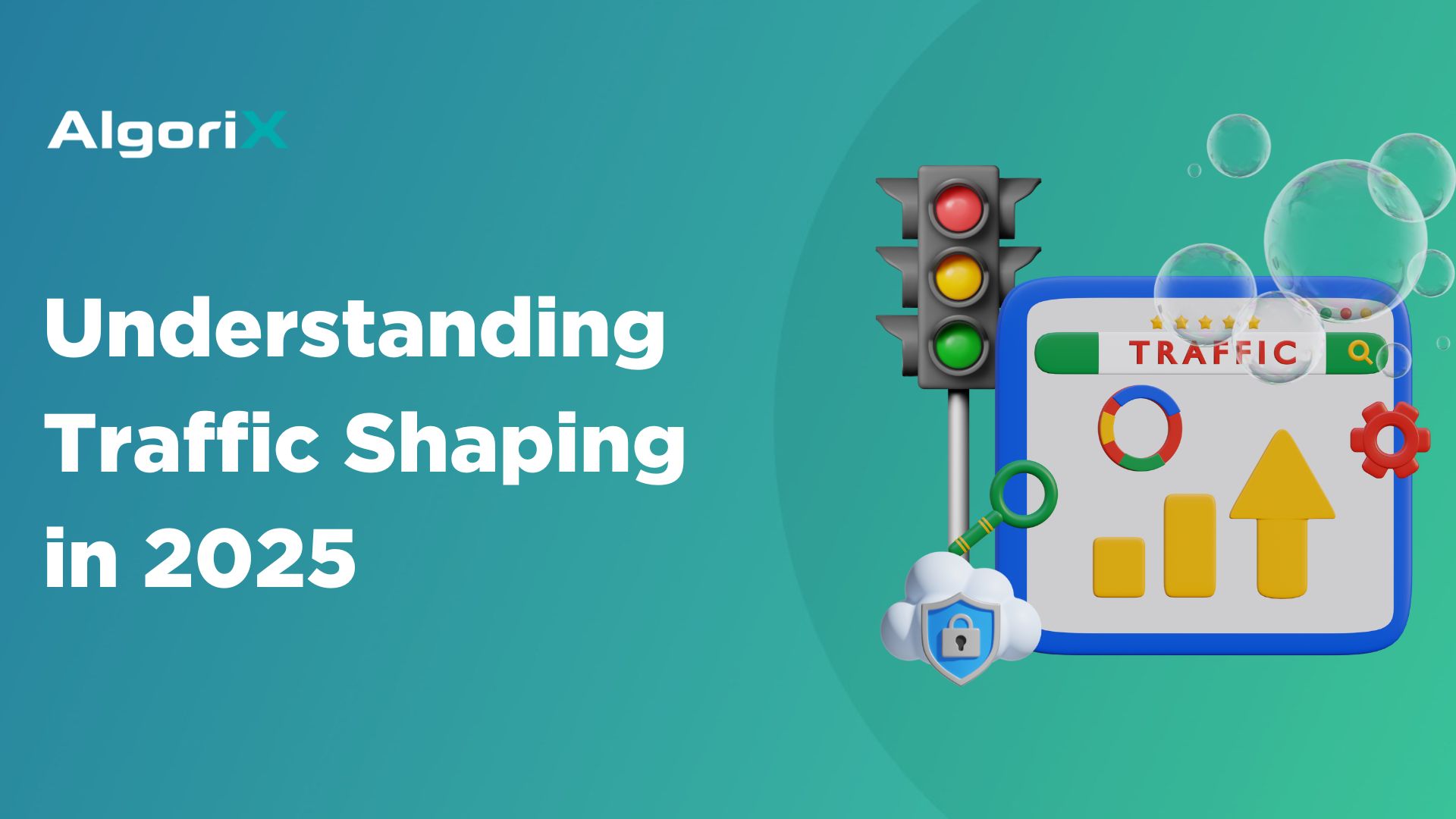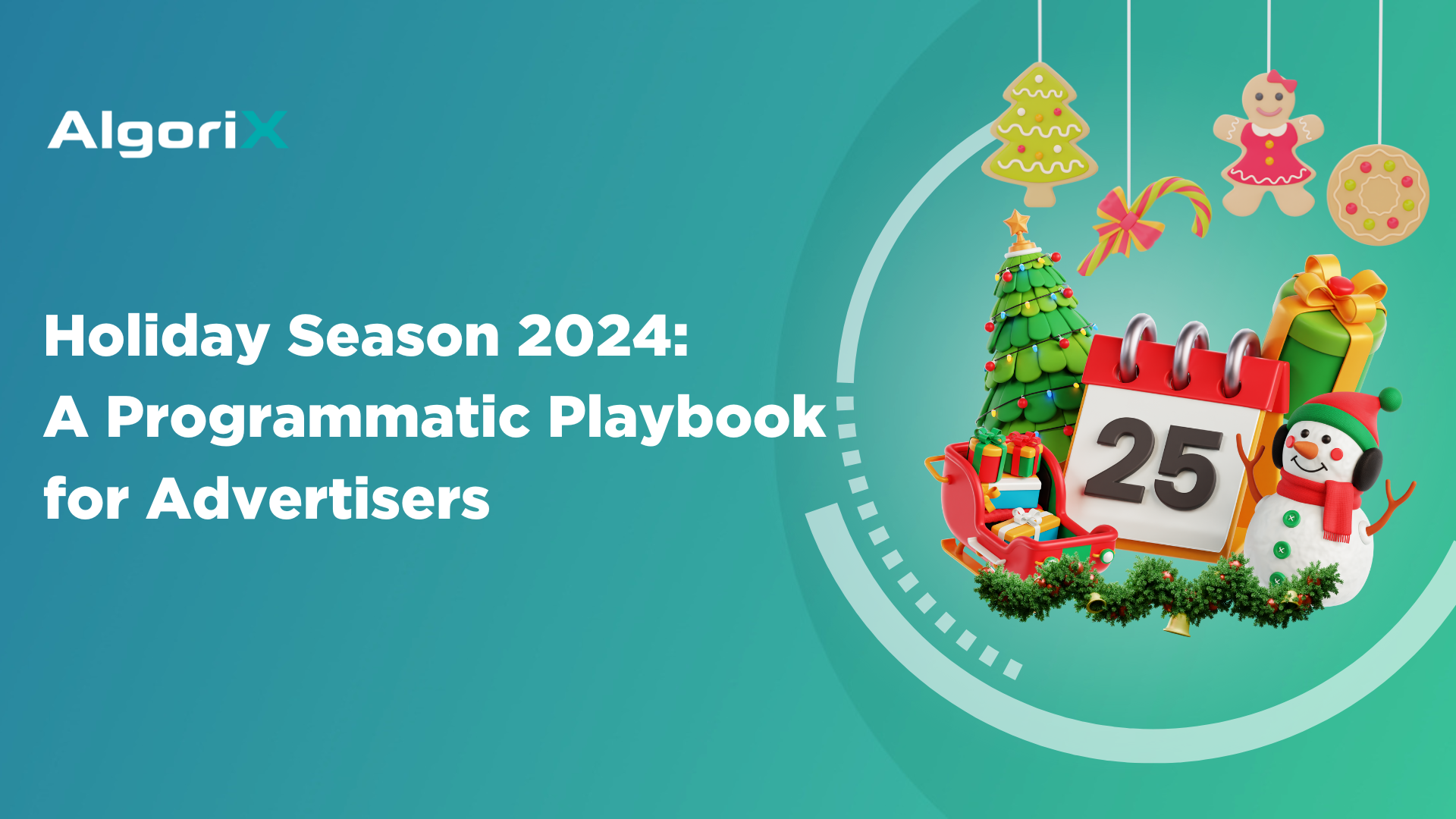In-app monetization strategies remain one of the trickiest for both advertisers and publishers. While apps can help brands increase their reach and visibility and bring in more revenue, not everyone fully understands how it works. Think about it — gaming and news apps can both be used to achieve your sales and marketing goals. However, their in-app monetization strategies will significantly differ, particularly when it comes to messaging. That’s why it’s imperative to have app development strategic planning.
Top In-App Monetization Strategies
When developing the in-app strategies, here are some of the ones that deliver results:
1. App Subscription
Most publishers will deviate from the idea of charging their subscribers a fee when downloading the app. It’s understandable since they want to cater to a bigger market. More than 90% of PlayStore and Apple Store apps are free to download. Paid apps, on the other hand, take up only 18% of the total number.
But for publishers looking to increase their revenue, offering a paid app download is the more appropriate in-app monetization strategy since it can bring massive revenues. There’s a caveat, though. Your brand must have content that users will find valuable for them.
For example, giving them a gaming experience that only you can provide will ensure that users will choose you over some free apps.
One of the best ways to apply this strategy is to have an app subscription model. App revenue from app subscriptions has brought in $13 billion in 2020. If you look at the numbers, you’ll notice that a large percentage of the revenue comes from subscription fees.
2. In-App Ads
Another proven in-app monetization strategy that brings in revenues is in-app ads. Running ads is an effective way and the fastest method to earn from apps. For gaming apps, the one preferred by many advertisers is gamified ads because it allows the users to interact and engage with the ad itself, giving them visibility and ad retention.
Rewarded ads are another way of ensuring the users will still have a seamless gaming experience. A practical application would be by rewarding a user with another attempt at winning the game when they fail a level after playing an ad.
3. App-Data Monetization
Knowing how to leverage first-party data will be more crucial than ever with the eventual demise of third-party data. If you’re a publisher, you should know how advertisers would be willing to pay good money to get their hands on app data from your users. However, this in-app monetization strategy will only apply to publishers with an already solid user base. Again, you should be careful when offering user data. You should know the security and privacy concerns that surround it.
4. In-App Purchases
If you belong to those who don’t want to charge an outright fee to your users to download your app, one effective monetization strategy is in-app purchases. Don’t get the wrong idea that this strategy will only apply to apps that sell products. Even gaming apps can offer in-app purchases for various things, including extra lives, in-app currency, or unique game items.
5. App Monetization Strategists
Perhaps one of the best strategies is working with experts in in-app monetization. Remember that not all monetization strategies will work for you. But, if you have a team of specialists who are well-versed in identifying the game design and the type of ads your apps need, you already have half of your job done.
Knowing the right combination of in-app monetization strategies that’ll work for your brand is more than trial and error. You also need to do careful research, and part of it is knowing the best app developers to build your app from scratch with app monetization in mind.
Connect with us to know how AlgoriX can help build your app that brings in revenues.

